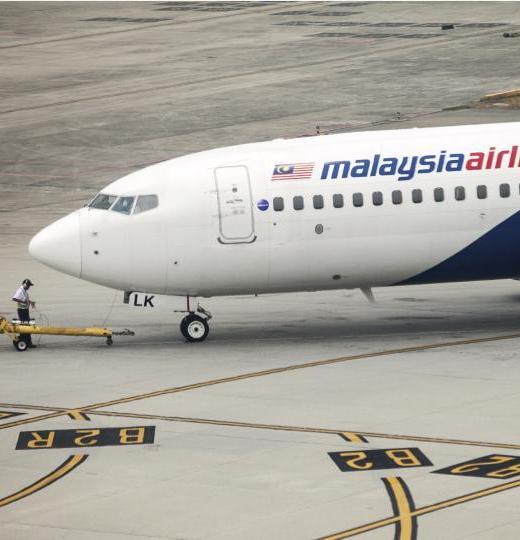After a deadly 2014, aircraft now set for minute-by-minute tracking
All commercial flights worldwide could soon send out an automated signal every minute in times of distress to help rescuers find downed aircraft more easily. The new measures are in response to last year’s disappearance of Malaysia Airlines flight MH370 en route from Kuala Lumpur to Beijing in what remains one of history’s great aviation mysteries. The aircraft, with 239 people on board, has never been found, nearly a year on. The new tracking rules, prepared by an industry working group, would be phased in by the end of this year, said the International Civil Aviation Organization (ICAO), a United Nations agency. The initiative will now be presented to delegates from all 191 ICAO member states at a meeting in Montreal from Monday to Thursday, and “a final proposal” will be submitted to the ICAO Council within six months for ratification.
It’s the start of tracking (flights) every minute in emergency situations that is the most effective in the short term.
AFP, quoting a source
Currently, radar can track a plane. However coverage fades when aircraft are out at sea or the plane is flying below a certain altitude. Under the new rules, airlines will be required to track their aircraft using a system that gives their location at 15-minute intervals. If an “abnormal event” is detected, including a change in direction or deviation from a flight path, the signal rate hastens to every minute. Airlines would be responsible for sharing the data with authorities in cases of emergencies. Following a distress signal, search and rescue teams would be able to zero in on an aircraft within six nautical miles (11 kilometers) of its last known position. The ICAO will also ask airlines to equip their aircraft with ejectable black boxes. These would float and be more easily retrievable in case of a crash over water. They will be mandatory on new aircraft built after 2021, the source told AFP.

World aviation